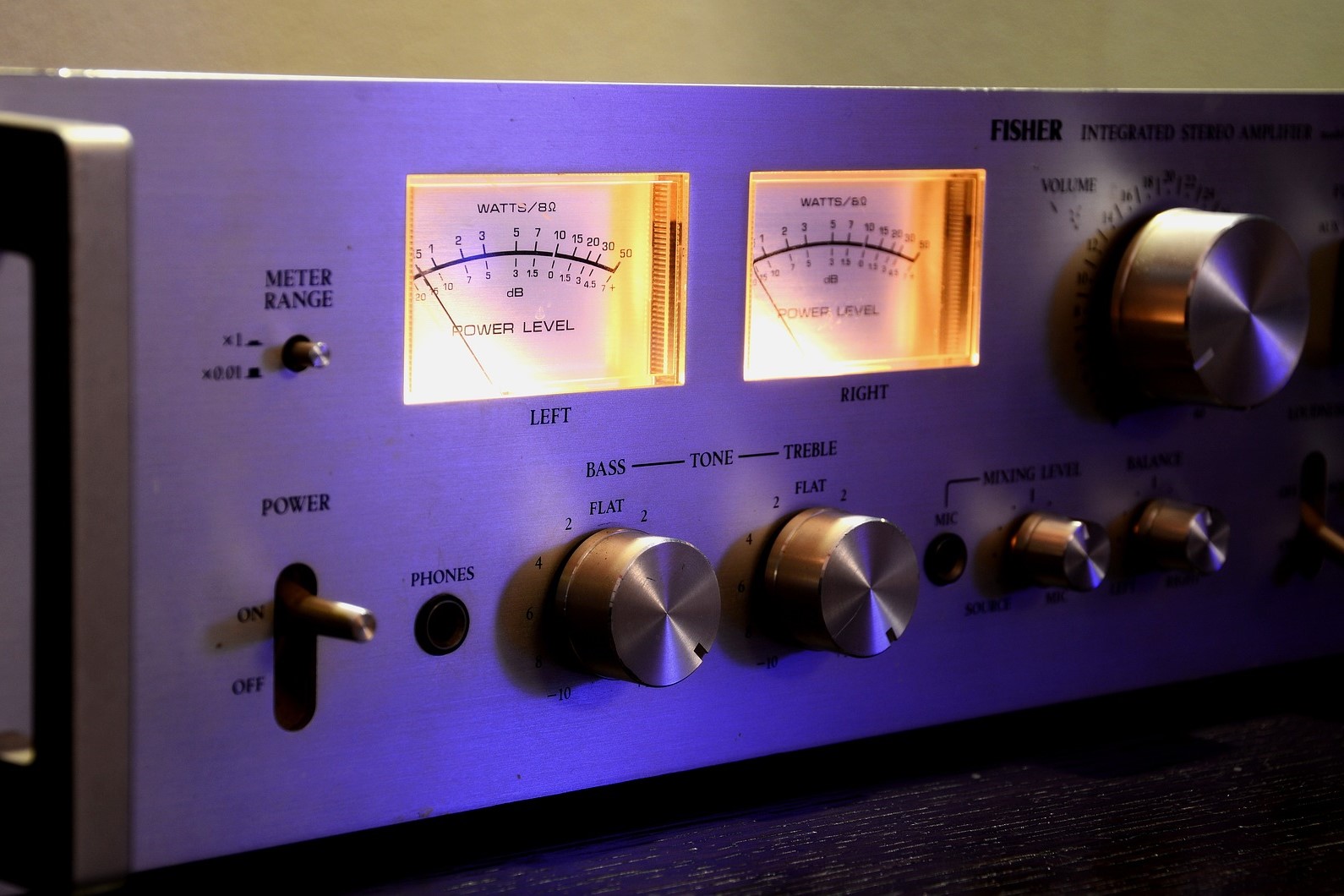Setting up a speaker amplifier can be a daunting task for beginners. This guide provides step-by-step instructions and tips to help you properly set up your speaker amplifier and get the best sound quality possible.
A home audio system’s quality is determined by the sum of its parts, and one of the most crucial parts is the speaker amplifier. This guide will walk you through the process of setting up a speaker amplifier, even if you’re a beginner to the hi-fi hobby. We’ll cover everything from choosing the right amplifier to connecting it to your speakers.
What is a Speaker Amplifier?
A speaker amplifier, often simply known as an amp, is an electronic device that amplifies low-power audio signals to a level that is suitable for driving loudspeakers. It essentially boosts the incoming signal from your source equipment to produce sound from your speakers.
RELATED: Best Affordable Audiophile Amplifiers For Your Speakers! (2023)
Choosing the Right Amplifier
Your choice of amplifier will greatly depend on your speakers. Pay attention to the power rating of your speakers, as this will help you choose an amplifier that can handle the load. Your amplifier’s power output should match the speakers’ power rating.
It’s also important to consider the impedance of your speakers, measured in ohms. Most home speakers have an impedance of 8 ohms, but some may be 4 or 16 ohms. Your amplifier should be compatible with your speakers’ impedance to avoid damaging your equipment.

Connecting Your Amplifier to Your Speakers
Once you’ve picked the right amplifier, the next step is to connect it to your speakers. Here’s a step-by-step guide:
- Turn Off All Equipment: Ensure all your equipment is off before you start connecting cables to prevent any electrical accidents.
- Connect the Speakers to the Amplifier: Locate the speaker terminals at the back of your amplifier. These should be labeled as ‘output’. Connect your speaker wires to these terminals, ensuring the positive wire goes to the positive terminal and the negative wire to the negative terminal.
- Connect the Amplifier to the Source: Connect the amplifier to your audio source (turntable, CD player, etc.) using an audio cable. The cable should go from the ‘input’ terminals on the amplifier to the ‘output’ terminals on the audio source.
- Check Your Connections: Double-check all your connections to ensure they are secure and correctly polarity-matched.
- Turn on Your Equipment: Once you’re satisfied with your connections, turn on your equipment. Start with the source, then the amplifier, and finally the speakers.
- Test Your Sound: Play some music from your source to test the sound. If everything is connected properly, you should hear a clear, amplified sound from your speakers.
Speaker Amplifier Setup for Beginners: Conclusion
Setting up a speaker amplifier might seem hard at first, but with a little attention to detail, it’s a task that any beginner can accomplish. Remember to always match your amplifier to your speakers’ specifications, and never rush the connection process. With these tips in mind, you’ll be well on your way to enjoying a high-quality home audio experience.
Hifitrends is reader-supported. We may earn an affiliate commission when you purchase through links on our site.


Leave a Reply